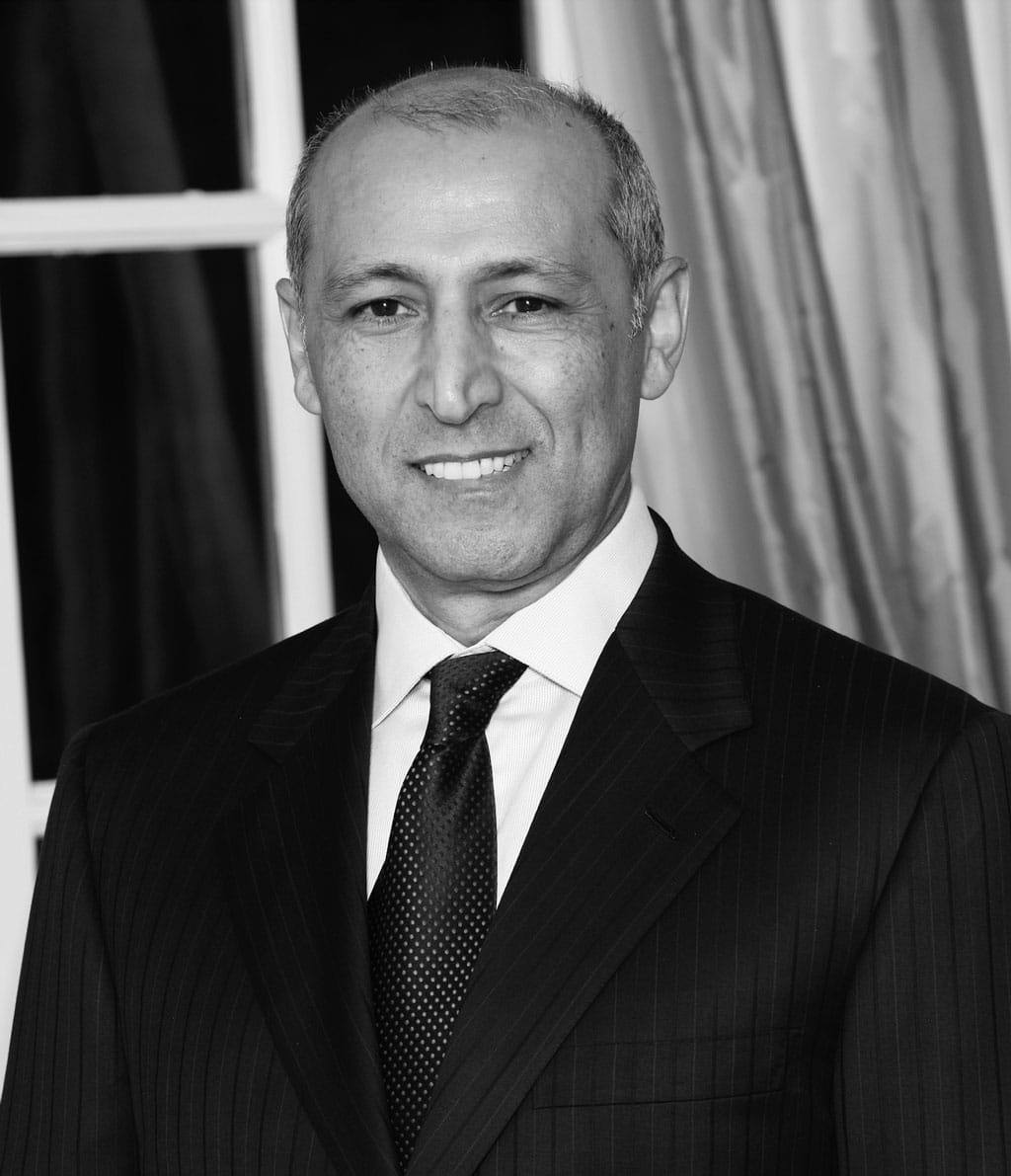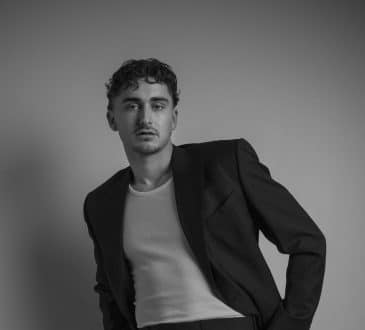A Feature Conversation with Manoucher Sarbaz: Sustainable Development and Community Building

Manoucher Sarbaz is a visionary property developer and entrepreneur renowned for his commitment to sustainable urban development. Born and raised in Iran, Manoucher developed a deep appreciation for cultural heritage and community living, which later shaped his approach to real estate development. In 1979, he moved to the United States, where he combined his background in Economics and Insurance with his passion for creating spaces that respect both people and the environment.
Now based in Lucerne Valley, California, Manoucher leads innovative projects that prioritize eco-friendly designs and community engagement. His developments are recognized for their integration of green technologies, thoughtful planning, and dedication to enhancing the quality of life for residents. Manoucher’s work focuses on creating environments that are both functional and sustainable, ensuring they serve the needs of today while preserving resources for future generations.
Beyond his professional achievements, Manoucher is an active mentor, sharing his insights and experiences with aspiring developers who are passionate about sustainability. He believes in the power of collaboration, cultural preservation, and smart technology to build resilient communities. Through his work, Manoucher Sarbaz continues to set a high standard for sustainable urban development, making a positive impact on the real estate industry and the communities he serves.
What inspired you to focus on sustainable development in your projects?
Growing up in Iran, I was always surrounded by beautiful, historic architecture that felt deeply connected to the environment and the community. When I moved to the United States in 1979, I saw that there was often a disconnect between development and nature. It inspired me to bring those elements of harmony and sustainability into my work. I believe that every space we create should not only meet our needs today but also serve future generations. Sustainability isn’t just about being eco-friendly; it’s about ensuring that what we build today can continue to benefit communities for decades to come.
How do you ensure that your projects truly reflect the needs and desires of the communities you work with?
The key is active engagement. Before we even begin designing a project, we spend a significant amount of time in the community, talking to residents, attending local events, and understanding their concerns and aspirations. For instance, in one of our developments in Lucerne Valley, we discovered that residents were looking for more green spaces where families could gather. That feedback led us to design parks and walking paths that have now become central to the neighborhood’s lifestyle. By listening first and then designing, we ensure that our projects feel like they belong to the community rather than being imposed on them.
What do you see as the biggest challenge in sustainable urban development today?
The biggest challenge is balancing sustainability with affordability. Green technologies and eco-friendly materials can be expensive, which often makes sustainable developments seem out of reach for many communities. It’s a fine line between wanting to implement the latest sustainable practices and ensuring that the projects remain accessible. I’ve always believed that sustainability shouldn’t be a luxury. To address this, we’ve been exploring ways to integrate cost-effective, sustainable solutions, like using locally sourced materials or implementing passive solar design, which reduces energy consumption without requiring expensive technology.
How do you incorporate technology into your sustainable development projects?
Technology plays a huge role in modern development, especially when it comes to sustainability. We use advanced software to model energy efficiency, predict how buildings will interact with the environment, and even monitor construction waste. Smart home technologies are another big part of our projects. For example, we’ve integrated smart lighting and heating systems that adapt to residents’ lifestyles, reducing energy consumption. But I believe technology should enhance human experience, not complicate it. That’s why we focus on solutions that are easy to use and maintain, ensuring that they add real value to the lives of residents.
How do you handle setbacks during a project, especially when they threaten your original vision?
Setbacks are an inevitable part of any development process. The key is to remain flexible and not lose sight of the bigger picture. There was a project where we faced unexpected delays due to regulatory changes, which threatened to derail the timeline and budget. Instead of abandoning our vision, we took a step back, reassessed the situation, and found alternative solutions that allowed us to stay true to our goals. I always remind my team that challenges are opportunities to be creative. It’s about finding new paths to reach the same destination without compromising on quality or sustainability.
Can you share an example of a project that didn’t go as planned and what you learned from it?
Early in my career, I took on a development project that seemed perfect on paper but faced resistance from the local community. We had assumed that we understood their needs, but it became clear that we hadn’t engaged with them enough. As a result, the project faced delays and redesigns, which were both costly and time-consuming. This experience taught me the importance of genuine community involvement from the start. Now, I make it a point to always include the community’s voice in every phase of development. It’s a lesson that transformed how I approach my work and has made our projects much more successful.
How do you stay motivated and inspired in a field that can be so challenging?
For me, the motivation comes from knowing that I’m making a tangible difference in people’s lives. There’s nothing more fulfilling than seeing families enjoying the spaces we’ve built, children playing in parks, or community members gathering in areas we’ve designed. It’s a reminder that all the hard work and challenges are worth it. I also draw inspiration from my team and the communities we work with. Their passion and dedication fuel my own, and together, we keep pushing forward, even when things get tough.
How do you approach the challenge of integrating cultural heritage into modern development?
Integrating cultural heritage into modern projects is one of my passions. I believe that every place has a story, and it’s our responsibility as developers to honor that story. In many of our projects, we incorporate elements of local history and culture, whether it’s through architectural design, materials, or even the names of streets and parks. One project involved restoring an old community building rather than tearing it down, incorporating modern features while preserving its historical character. This approach not only respects the past but also creates a unique sense of identity and pride for residents.
What role does mentorship play in your life, and how do you approach mentoring others?
Mentorship has played a significant role in my journey. I’ve been fortunate to have mentors who guided me, especially when I first moved to the United States. They helped me navigate the challenges of starting over in a new country and taught me valuable lessons about resilience and adaptability. Today, I’m committed to paying it forward by mentoring young professionals who are passionate about sustainable development. I believe in being honest about the challenges and encouraging them to stay true to their vision. Mentorship is about sharing knowledge and experiences, but it’s also about empowering others to find their own path.
What advice would you give to someone just starting in the field of sustainable development?
My advice would be to stay patient and persistent. Sustainable development is not always the fastest or easiest path, but it’s incredibly rewarding. Start by building a solid foundation—learn the technical skills, understand the environmental impact, and, most importantly, listen to the communities you want to serve. Don’t be afraid to take risks or face setbacks, because that’s where the most valuable lessons are learned. Always keep your vision clear, but be open to change and adapt as you grow. The journey might be long, but every step you take will bring you closer to creating something truly meaningful.
Have you read?
Best Fashion Schools. Best Universities. Best Medical Schools. Best International High Schools. Countries: Most Female Billionaires.
Bring the best of the CEOWORLD magazine's global journalism to audiences in the United States and around the world. - Add CEOWORLD magazine to your Google News feed.
Follow CEOWORLD magazine headlines on: Google News, LinkedIn, Twitter, and Facebook.
Copyright 2025 The CEOWORLD magazine. All rights reserved. This material (and any extract from it) must not be copied, redistributed or placed on any website, without CEOWORLD magazine' prior written consent. For media queries, please contact: info@ceoworld.biz








